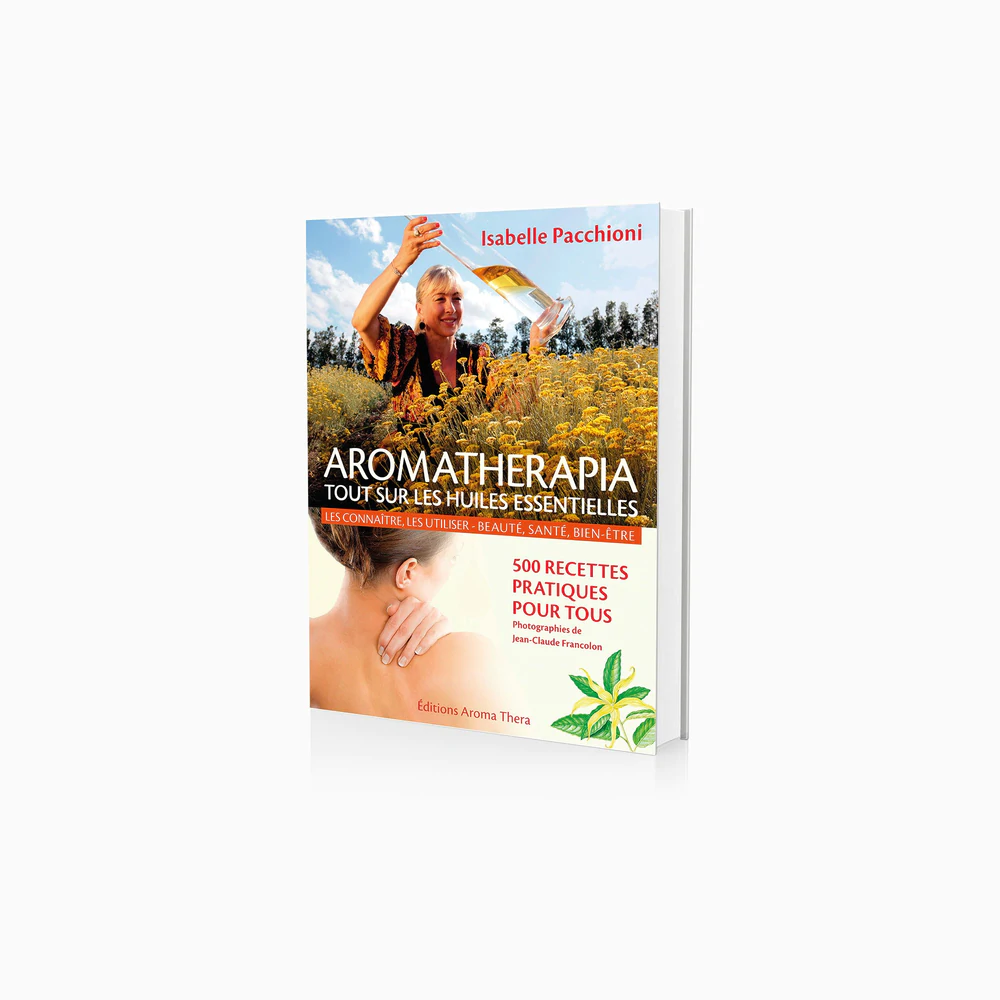
Peppermint
Mentha x piperita
It likes a drained, fertile and cool soil. Its leaves are covered by rounded secretory hairs in which fragrant volatile substances accumulate.
Main aromatic molecules: Monoterpenols (menthol), monoterpenones (menthone), terpene esters, furan oxides.
Family: Lamiaceae.
Producing organs: Flowering aerial parts.
Yield: 800g to 1.2kg of essential oil per 100kg of plants.
Equivalence: 1ml → 32 drops (dosage calculated for a calibrated dropper European Pharmacopoeia).

Bath

Skin application

Oral route
In case heatwave, pour into a full shower gel bottle 1 to 2 drops maximum of essential oil of mint.
Headaches
For use from the age of 12, place 1 drop of peppermint essential oil diluted in 1 drop of jojoba vegetable oil on the temples (away from the eyes) and the frontal sinuses. 3 to 4 times a day, in case of pain.
Digestive disorders
Place 1 to 2 drops of essential oil of mint on a sugar lump or in a teaspoon of honey. Swallow after the meals or in case of ”blocked” stomach and ballooning. From 15 years+
Itching
Massage the entire irritated area with a mixture of 1 drop of peppermint essential oil diluted in 10 drops of St. John’s wort vegetable oil (or sweet almond oil in case of sun exposure). Use 3 times a day, for 3 to 4 days.
Do not use in: pregnant or breast-feeding women, children under the age of seven years (menthol, ketones), persons allergic to one of the components, subjects with asthma without the advice of an allergologist before the first use, subjects with epilepsy.


AROMATHERAPIA
Extracts from the book ’Aromatherapia – All about essential oils’, by Isabelle Pacchioni, watercolors by Patrick MORIN, Aroma Thera Editions . Extracts from the book ’41 essential oils essential for treating yourself differently’ and ’48 essential oils which every home needs to be healthy’ by Isabelle Delaleu and Isabelle Pacchioni, Publications of the Mandadori France group. Botanical illustrations by Agathe Haevermans.
The properties, benefits and method of use are given for information; they cannot in any case constitute or replace medical information that only health professionals can provide. For any use of essential oils for therapeutic purposes, please consult your GP or pharmacist.
Fri leverans
Fri leverans vid köp över 500kr
Kontakt
Kontakta oss så hjälper vi dig!
Herbarium
Lorem ipsum dolor
Alla våra produkter
Alla produkter finns att hitta på hemsidan